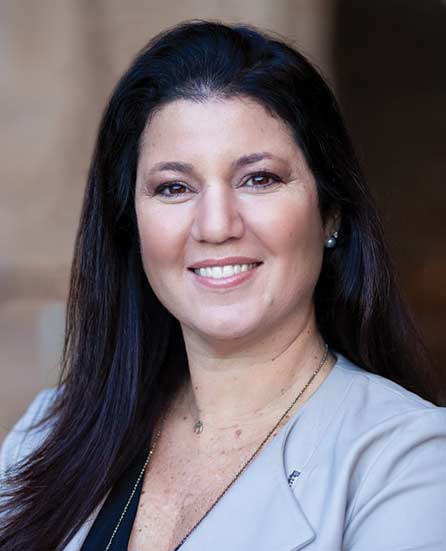

by Kasey D’Amato, PA-C, MPAP, and Kathryn Werner, PA-C
Ms. D’Amato is President of Certified PA Consulting in Ft. Lauderdale, Florida. Ms. Werner is Practice Owner, Senior Business Consultant, Certified PA Consulting in Ft. Lauderdale, Florida.
J Clin Aesthet Dermatol. 2024;17(3–4 Suppl 1):S26–S27.
Funding: No funding was provided for this article.
Disclosures: All authors are employees of Certified PA Consulting.
Some of us wondered if this day would ever come! It has now become almost commonplace to have a conversation with another advanced practice provider (APP) about hanging up their own shingle as a practice owner. With state laws continuing to evolve over time, more and more states are making it easier for both physician assistants (PAs) and nurse practitioners (NPs) to become practice owners. For some APPs, being their own boss can appear to be the ultimate dream come true, and that dream comes true for many people, but there are also cons to starting your own practice. It is important to be mindful of both the pros and cons before diving into the deep water and opening up your own clinical practice.
Pros
1. Time ownership
As a practice owner, you have to invest the time to get started, but you are also in control of how, when, and where you spend your time. You can set up your schedule or delegate tasks in whatever way works best for you. Planning around your unique preferences, family needs, or patient desires is completely within your discretion.
2. Financial potential
As an employee, there is always going to be a cap on your income. As a practice owner, you have the ability to structure your practice in a way that could be much more lucrative than working for someone else.
3. Personalized practice
You can really customize your practice style in a way that feels best for you. The diseases you treat, length of visits, schedule set-up, medications you prescribe, and everything else is up to you. You can really create a practice that focuses on what you love and avoid the things you don’t.
4. Patient satisfaction
While there’s no guarantee that patients are going to be happier in your practice, you are at least the one who can do something about it. You are able to create systems and practices that work well for you and your patients, which hopefully leads to happier patients and a more enjoyable experience for everyone.
5. Growth
As medical providers, our jobs are challenging, but over time they can become monotonous. Starting and running a practice taps into a whole new set of skills and allows for some additional creativity and personal growth.
Cons
1. Uncertainty
Changes in insurance reimbursement, practice laws, or patient trends directly affect your practice. While there are ways to buffer and protect against those changes, there’s an added level of uncertainty as a practice owner that’s not present as an employee.
2. Risk
As a practice owner, there is an inherent level of risk. Again, there are many ways to set your practice up for success, but there is also the possibility of losing money or failing to grow as fast as you imagined would be possible.
3. Responsibility
Medical providers are no strangers to responsibility. As a practice owner, you’re assuming responsibility for a whole new set of tasks. Marketing, patient satisfaction, hiring, and so much more are now 100 percent your responsibility as well.
4. Isolation
Practice ownership can be a lonely role. In your own organization, there might not be anyone else to share your tasks or even your feelings. Being intentional in connecting with friends, family, and other practice owners can go a long way in maintaining your sense of belonging and support.
Conclusion
Being your own boss is so tempting for so many APPs, but it is very important to evaluate the long list of pros and cons, the business model itself and how much revenue can be generated in what period of time, and the personal time blocking between patient care, marketing, networking, and business management to make sure that you are setting yourself up for short- and long-term success. It is exciting to see so many APPs start and succeed as practice owners. The increasing trend of PAs and NPs who venture into this entrepreneurial arena is a sign that this career path is only going to increase more and more over time.
